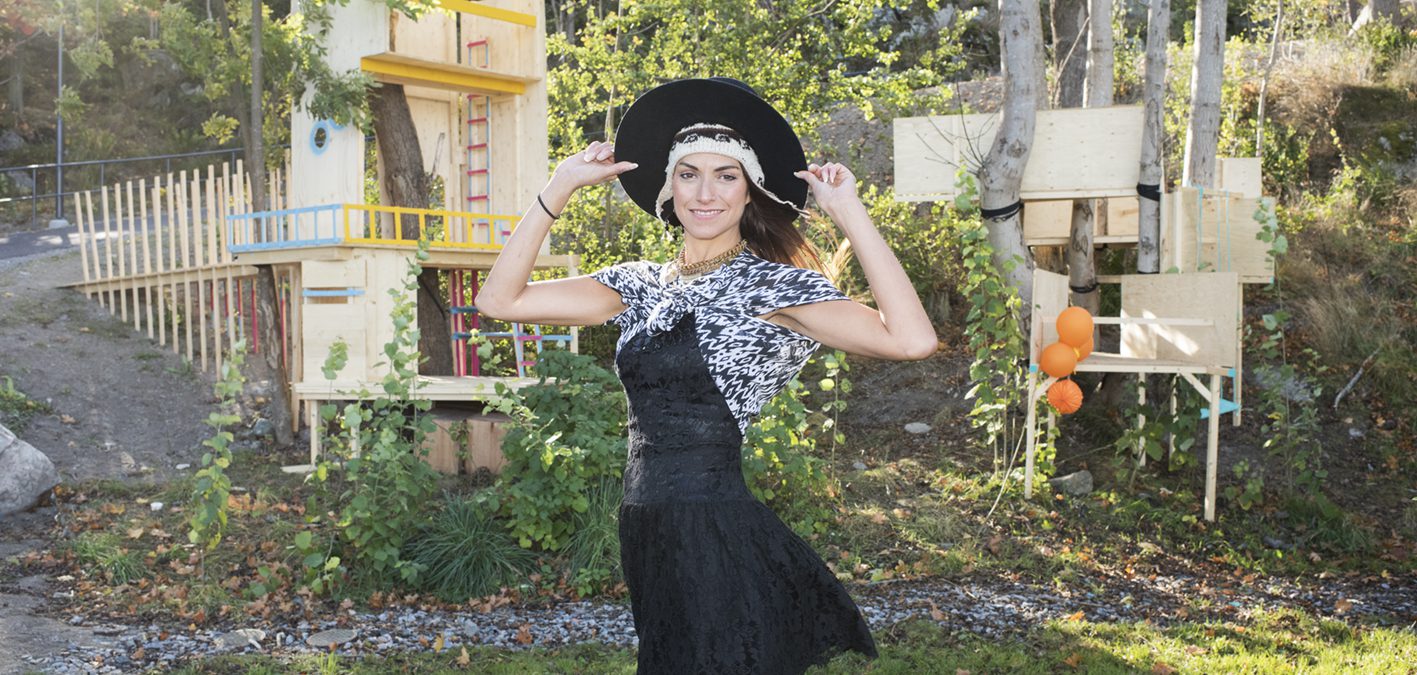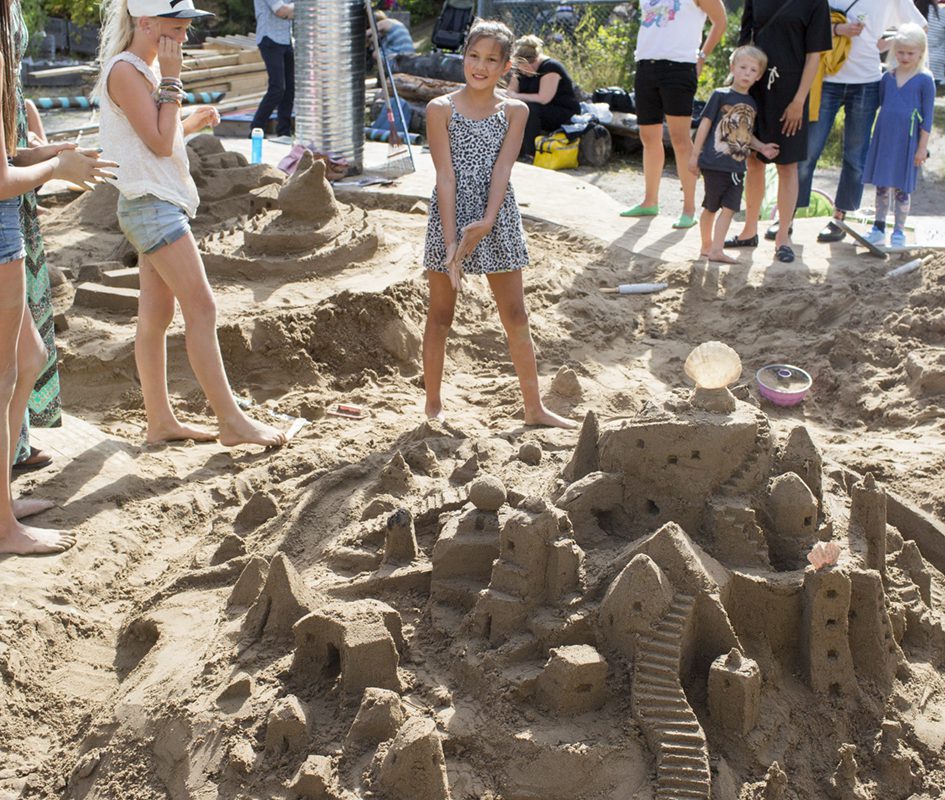
Keep up with our latest news and projects!

Child-friendly cities is a growing policy approach supported by advocate groups, NGOs, foundations and increasingly also more formal actors within city development. Though, how can powerful formal actors such as municipalities, developers and real estate owners be convinced about integrating a child-friendly approach into their frameworks and budgets? Translating the social value into economic terms is of great importance and forms a true challenge to realise change. What is the economic value of integrating the child perspective?
I am not an architect, I am an activist. It is important to share where I come from in order to understand my perspective. When I was younger, I used to spend time with my grandfather in the green suburbs of Stockholm. He is a bird-lover and together we designed, built and placed birdhouses. Hanging the birdhouses in the neighbourhood taught me lessons about nature and about the neighbourhood. A sudden shift in politics affected how neighbours altered their opinions about birdhouses. Birdhouses attached to the buildings were no longer appreciated. My grandfather was an adventurous man with a great passion for birds after my grandmother passed away. Instead, we built stationary birdhouses that we attached to trees in the nature parks further away from the apartment buildings. Sadly, the neighbours took them down. We started to place the birdhouses during night time, but it didn’t matter as they were taken down as well. I had dreamed of bringing my children to the suburb to teach them about nature, and for them to learn from their grand-grandfather, but our family tradition died. As a grandchild, I observed my grandfather turning sad as an effect of capitalistic city development, which made me and my grandfather become activists.

With a political shift some years ago, the right wing city government started the capitalisation of real estate. Stockholm is currently undergoing a major city expansion phase including large infrastructural projects. Where the apartments in my grandfather’s suburb used to be municipal-owned, my grandfather and I witnessed the apartments being sold to private real estate owners. This radically affected the social climate in the suburbs. It caused a dramatic change for how neighbours perceived their apartments and how neighbours related to one another. Apartments became instruments for investment and neighbours became a threat to the economic value of one’s apartment.
Ironically, at the same time, my daytime job was to hold educational workshops for children to learn about the UN convention about the rights of the child. While, in fact, I realised that adults in the suburbs would not consider the rights of children and that the workshops did not consider city development. Therefore, outside of my job, I started to initiate workshops with parents and children, in the suburbs targeted by city development, from a kids perspective. This is where my activist self arose. We engaged in building small houses, birdhouses and greenhouses using ecological materials to accelerate the discussion about city development and its effects on the neighbourhood. The workshops were called Magiska Barnarkitekter (Magical Children Architects) and aimed to gain a broader understanding of the current large investments in city development and to what extent the city is available for children. The workshops became popular and attracted more architects and children from other parts of the city. This led to doing more activities that were less activistic and sometimes in collaboration with the municipality, such as evaluations of the city by children, adding playful elements to bus stops, treehouse competitions, and creating proposals for the local municipality.
Through Magiska Barnarkitekter’s workshops, I became a translator of the kids perspective, in making city development more playful. As well as the opposite, to make the kids perspective more real for the city officials. However, I observed a gap between the perception of formal actors and children regarding what is a playspace. Integrating children in city development proves to be highly effective as it shows immediately what works and what does not. During one workshop, a park was the targeted space and wherein the municipal architect considered that as play space. Instead, the children ran up to the hills where they discovered the trees and considered that as the park.
Magiska Barnarkitekter became more than workshops. I started to
give public lectures to raise awareness for issues such as how the availability of green space and the independence of children and parents to move around the city are restricted under the current city expansion. As well as the growing number of children in cities, and how parks and playgrounds tend to comfort one user group at a time. The next step is to go beyond the park to scale up to the city environment. However, for private actors to take responsibility for prioritising child- friendly environments, it is often in conflict with economic interests. Whereas, not planning and designing for children and families would result in increased costs for social cohesion and dysfunctional neighbourhoods and places. Participatory planning and design that gives children the possibility to express the need for places that change would further reduce costs for vandalism and increase mental ownership.
For larger city development projects that will have a big impact on the city, it is rather strange that a budget is calculated without considering how it will affect children and in what way. If it is the city’s responsibility to be inclusive to all populations groups, then the budget should be distributed accordingly. Integrating the child perspective could generate economic value only if the cost of listening to the children is included
in the budget. Place evaluations and reservation of the budget to make adjustments for child-friendliness is needed, otherwise, we are reproducing the same city. The economic value derives from the ability children have to bluntly point out how space could work for all generations; what is missing, what is needed, and how places could become more diverse. The biggest challenge is to make developers “jump” from their commercial interest, and perceive economic value from a child perspective.
This article belongs to a series of stories about the city at eye level for kids! You can access the full book online in PDF or pre-order your hardcopy to be delivered to your home.
Get your book here